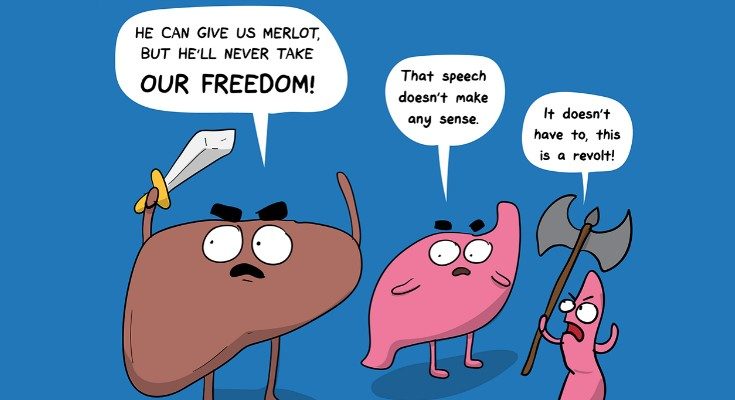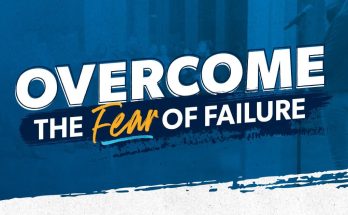Using comics in education represents a dynamic and increasingly recognized pedagogical approach that harnesses the power of visual storytelling to enhance learning across various disciplines. Far from being mere entertainment, graphic novels and comic strips offer a unique blend of imagery and text that can break down complex ideas, engage diverse learners, and foster a deeper appreciation for literacy and critical thinking. This innovative method transcends traditional classroom boundaries, proving that the vibrant panels and sequential art of comics can be remarkably effective tools for both instruction and comprehension.
### Engaging Diverse Learners and Promoting Literacy
One of the most immediate benefits of integrating comics into the curriculum is their exceptional ability to **engage a wide spectrum of learners**. For visual learners, the rich imagery provides a direct pathway to understanding, making abstract concepts more concrete. For students who struggle with traditional text-heavy materials, the combination of pictures and limited text can reduce cognitive load, making content more accessible and less intimidating. This is particularly true for **reluctant readers** or those with learning disabilities, who may find the visual cues and sequential flow of comics a less daunting entry point into complex narratives or factual information.
Moreover, comics are powerful tools for **promoting literacy beyond just decoding words**. They inherently teach visual literacy, encouraging students to interpret images, understand symbolism, and infer meaning from facial expressions, body language, and panel layouts. The interplay between text and image forces readers to synthesize information from multiple sources simultaneously, a crucial skill in today’s visually-driven world. The concise dialogue and narrative structure found in many comics also provide excellent examples of effective storytelling, pacing, and character development, all of which can be analyzed and emulated by students in their own writing. Think of a graphic novel adaptation of a classic novel: it might serve as a scaffold, making the original text more approachable by first familiarizing students with the plot and characters visually.
—
### Breaking Down Complex Concepts and Historical Narratives
Beyond engagement, comics excel at **simplifying and breaking down complex concepts** in a visually digestible format. Scientific processes, intricate historical events, or even abstract philosophical ideas can be elucidated through sequential art. For instance, explaining the water cycle or photosynthesis can be made incredibly clear and memorable through a series of panels depicting each stage. The visual representation eliminates ambiguity and provides a concrete reference point that might be difficult to grasp solely through text.
In history education, graphic novels can bring past events to life with an immediacy that traditional textbooks often lack. By depicting historical figures, battles, or social movements visually, comics can evoke empathy and provide context that deeply resonates with students. Consider *Persepolis* for understanding the Iranian Revolution or *Maus* for exploring the Holocaust; these graphic narratives offer deeply personal and powerful perspectives that humanize historical events and make them more impactful than dry factual accounts. They can depict nuanced emotional states and complex social interactions that are challenging to convey through prose alone, making history not just a series of facts but a narrative with profound human dimensions.
—
### Fostering Critical Thinking and Cultural Understanding
While often perceived as simplistic, comics are remarkably effective at **fostering critical thinking skills**. Readers must actively engage in “closure,” filling in the gaps between panels to construct the narrative and infer meaning, which is a higher-order thinking skill. Analyzing the relationship between words and images, interpreting artistic choices, and evaluating character motivations within the comic format all contribute to developing strong analytical abilities. Teachers can prompt discussions on panel transitions, color palettes, and character design to encourage deeper critical engagement with the medium.
Furthermore, comics offer a unique window into **cultural understanding and diverse perspectives**. They are a global medium, with rich traditions in various countries, from Japanese manga to European bandes dessinées. Exposure to comics from different cultures can broaden students’ worldviews, introduce them to varied storytelling conventions, and encourage an appreciation for global artistic expression. Many graphic novels also tackle sensitive social issues, historical injustices, or personal struggles, providing a safe and accessible way for students to engage with complex themes, discuss ethical dilemmas, and develop empathy for experiences different from their own. This makes them powerful tools for fostering social-emotional learning and promoting inclusive classroom discussions.
—
### Practical Implementation in the Classroom
Implementing comics in the classroom doesn’t mean replacing traditional texts entirely, but rather integrating them strategically. Teachers can use comics as **introductory hooks** to a new topic, as **supplementary resources** to clarify difficult concepts, or as **alternative assessment tools** where students create their own comics to demonstrate understanding. For example, a science teacher might ask students to create a comic strip explaining the stages of mitosis, or a literature teacher might have students adapt a scene from a novel into a graphic narrative, focusing on character emotions and visual symbolism.
The availability of educational comics and graphic novels has also expanded dramatically, with many publishers now focusing on non-fiction and curriculum-aligned content. Resources like “non-fiction graphic novels” on historical events, scientific discoveries, or biographies are becoming increasingly common and invaluable. Educators can curate a diverse library of comics that align with their curriculum objectives, providing students with engaging and accessible learning materials. By leveraging the inherent visual and narrative power of comics, educators can truly transform the learning experience, making education more vibrant, inclusive, and effective for all students.



